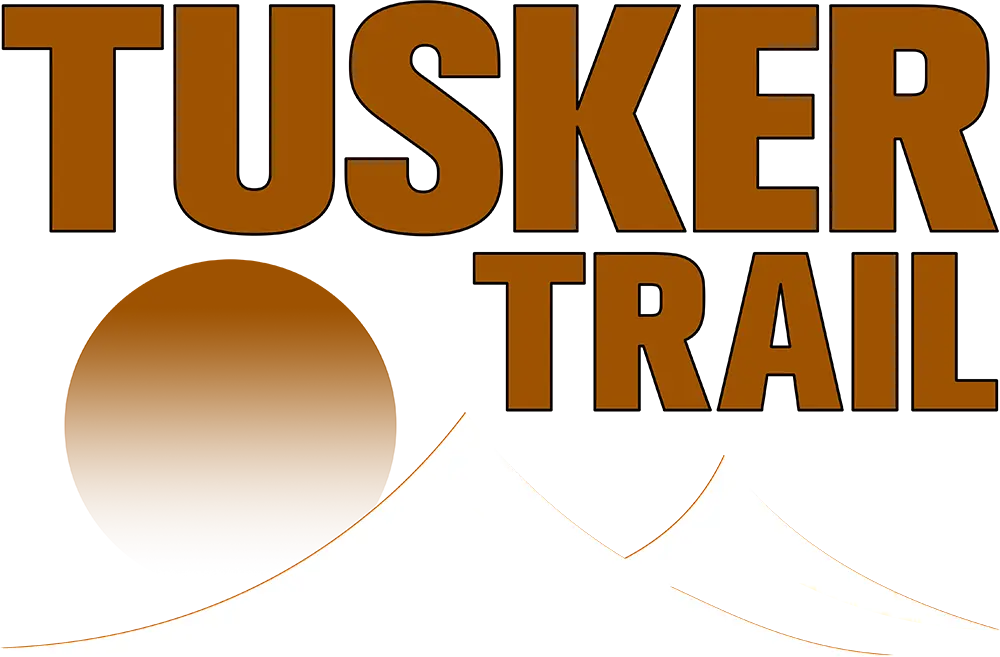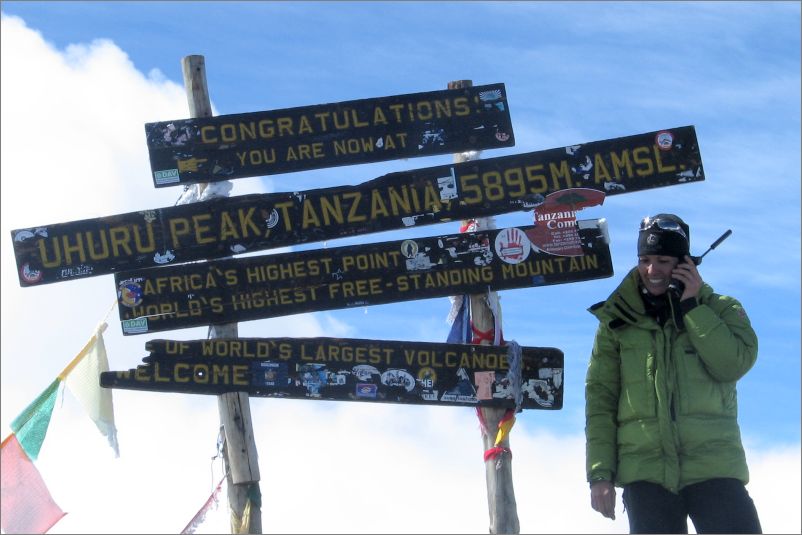How can I stay charged?
We’re addicted to our personal technology so let’s not have a philosophical discussion about going cold turkey on technology while on our Kilimanjaro climb. We are going to bring our cell phone, camera and tablet on the climb, but how are we going to charge them?
There are no electrical chargers on the mountain so you need to be self-charging. Kilimanjaro isn’t like climbing mountains in the states where there are often cell towers in the vicinity. You’re in Tanzania where Wi-Fi connectivity isn’t reliable even in small towns so how are you going to stay plugged in as you ascend Kilimanjaro?
By using the latest battery technology.
The Mo’ better Mophie
“The short story is solar charges are not good. They don’t provide enough voltage and you don’t always have sun,” says Eddie Frank, Tusker’s founding guide. “I bring a Mophie power pack to charge phones and it works well. Battery technology is getting better and better.”
Mobile phone use on Kilimanjaro has improved as there is a signal almost all the way to the summit, although there are black spots. There is often enough signal for voice and text messaging, but data streaming can be iffy. Do you really need to check your stocks and the weather back home anyway? Be judicious in how you use all your devices on the mountain.
Sim cards, Hot Spots etc.
Charging your phone is not the only issue to consider. Cost is a concern especially as many cell phone companies charge rapacious roaming fees when you go abroad. Bring your unlocked cell phone and once in Moshi or Arusha buy a Sim card that allows you to pay as you go. You could save a bundle.
There has been an explosion in Satellite Wi-Fi Hotspot devices in the last three years with four brands Iridium Go, Immarsat, GlobalStar and Thuraya all offering remote Wi-Fi service. Data speeds for these services are often slow especially on Kilimanjaro so do some heavy research before you put down big bucks for one of these devices. A mobile hotspot device with antenna can run you upwards of $800. At over 19,000 feet Kilimanjaro is a huge obstacle interfering with satellite signals. The most blocked trails come up from the south and if a satellite is in the northern sky it can be blocked by the mountain from the Marangu, Machame, Mweka and Umbwe routes.
Camera confab
Lugging a heavy camera up Kilimanjaro is not a great idea both from a practical and tech standpoint. You will need a lot of batteries to keep it charged. Better option is a pocket size point and shoot that requires less juice. Li-Ion quick charge batteries often power the more expensive point and shoots while AA batteries will power the cheaper cameras. Manual zooms will use less battery power than motorized zooms so either bring enough batteries or go low tech.
Kilimanjaro is one the great photographic spots in the world so you will want to be charged. When you hit the summit don’t expect your I-phone to work there as the cold temps will likely not let you take photos with it. Pull out your charged point and shoot and get that climactic celebratory shot.
Old school/low tech focus
Kilimanjaro is often about sitting around in the dining tent, talking into the night with your new friends about the shared daily experience. It’s not about rushing to your laptop at day’s end to Facebook everyone you know about climbing the Barranco Wall. It’s about sharing the experience with your teammates or writing in your journal – or even writing a snail mail letter. Kilimanjaro can be a rich, low tech/old school experience. You may want to try it.
However, if you want 21st century tech on Kilimanjaro you need to do your homework, spend some extra money and don’t be surprised if your devices are not 100 percent connecting effectively. Don’t get frustrated by difficult connections. Tech angst only drains energy and focus from the main task—getting to and enjoying the summit.



